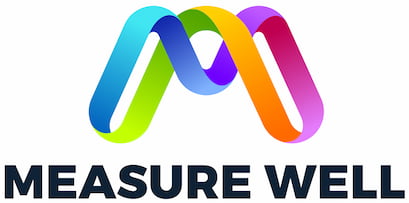Staff challenges can present themselves in different ways in different settings you may notice

A drop in or ongoing poor productivity, that means a reduction in your profits

High levels
of absenteeism

A high turnover of staff and poor retention rates

Little or low morale
within teams

Poor communication or disruptive behaviours amongst team members

Be proactive in your wellbeing strategy
We know that prevention is better than cure. In line with local Health and Wellbeing strategies and Government initiatives, responsible employers implement measures to ensure that staff have access to health and wellbeing services when they are well, not just when they are ill.
At a strategic level
Measure Well can connect you to several strategic partners who are experts in the field of Occupational Health, Physiotherapy and Rehabilitation, Business Coaches, Financial advisors, and wealth management consultants to best meet your employee’s needs.
According to the CIPD the most common benefits of health and wellbeing activity are better employee morale and engagement, a healthier and more inclusive culture and better work-life balance (7).



HOW DOES THE MEASURE WELL HUB HELP WITH WORKPLACE WELLBEING?
- Demonstrates that you take the wellbeing of your staff seriously;
- Communicates your intentionality to support staff wellbeing;
- You are being proactive to identify when individuals need someone to care;
- You can evaluate wellbeing of individuals;
- You can evaluate wellbeing of departments;
- Due to the digital nature of the Measure Well Hub you can reach out to those working remotely and in-office quickly and efficiently.
Need more information?
We would love to understand more about what you are looking to achieve with your wellbeing evaluations.
Please contact us using the form below if you have any questions and one of our team will be in touch.
Information References & Studies
Learn More
1. gov.uk 2022/23 – this figure considers minor illness, non-fatal injury, muscular and joint problems, and mental health issues. Stress, depression or anxiety and musculoskeletal disorders accounted for most days lost due to work-related ill health, 17.1 million and 6.6 million, respectively. On average, each person suffering took around 15.8 days off work with stress, depression and anxiety being the leading cause of extended periods of absenteeism
2. ONS 2018 – An increase of 2.4 percentage points.
3. Office for National Statistics 2017.
4. CIPD 2017 – Sickness and absence can cost employers a lot of money, time and resources, £554 is the average cost to the employer for every day an employee is absent.
5. Centre for Mental Health 2018.
6. gov.uk 2022/23
7. CIPD 2017





